I grew up in Gauteng. My father was Xhosa and German, and my mother was French; a beautiful, strong woman. She couldn’t cook, but my grandparents were great cooks. My favourite thing to eat when I was little was mageu – mieliepap with buttermilk.
I met my husband while hitchhiking. After doing a BSc at the University of Lesotho, I came to do a teaching diploma at the University of the Western Cape. I was extremely poor, so I used to hike. One day, my husband, who also studied there, picked me up and that was that.
After getting married, I lived with my in-laws. The Cape Malay community didn’t welcome me because I couldn’t speak Afrikaans or cook – the worst thing. My husband’s grandmother felt sorry for me and took me under her wing. The first thing she taught me how to make was green bean bredie.
At first,when asking community members for a recipe, they’d leave out an important ingredient. And then I’d follow the recipe and it would taste awful, and I’d start over again and again until the dish tasted similar to theirs or even better. So, as time went on, they started asking me how I made my versions.
I was a teacher for 17 years. I taught science and biology, but also became the school psychologist after completing a BA Social Science degree during the unrest
in the country, I often had to bail out my students. My teaching suffered and one day I just snapped and couldn’t do it anymore.
While looking for a job, I saw an ad in the paper. Tastic rice needed in-store promoters. When I applied, I told them I only had standard five [grade 7], because I knew if I told them I had two degrees, they weren’t going to give me the job. But, they saw through all that. They flew me up to Johannesburg to meet the whole top brass. They felt they needed someone representative of the coloured community in the Western cape, so they offered me the post of home economist.
I had no cooking qualifications. I just did what I did at home. Because rice is such an integral part of Cape Malay food, I was asked to demonstrate traditional dishes like bobotie, bredies and breyani. My chicken-and-yoghurt curry with rice was one of the customers’ favourites. When I needed to do a demo, I’d ask the shops whether they had enough chicken breasts, and they’d say they had enough to feed the whole the country. And then before noon they’d be sold out.
My first cookbook was published in 1995. Culture and Cuisine of the Cape Malays was a very good seller. When I was recently in Bloemfontein for a festival, people came to me with that book to sign. They’re quite rare, so I tried to buy a couple of them, but they wouldn’t sell. In the book, I just wrote about my personal experiences and gave the recipes as they should be. My mother-in-law was quite angry that I was “teaching the Hollanders to cook our food”.
Cape Malay cooks don’t measure ingredients. When I was learning how to make the dishes, I’d ask, “How much is that?” and they’d say, “Gooi in!”. It was difficult for me. I come from a science background where everything had to be measured. Eventually, I cooked the same way, so when I wrote my first cookbook, the publisher used to sit in my kitchen while I was cooking, and before I added something she’d grab my hand and measure it out. She did it for three weeks while I cooked everything in the book.
My first restaurant, De Waterblommetjie, was at the Castle of Good Hope.
People wanted to take guests out and give them traditional food. And I didn’t only do Cape Malay food; I did Xhosa dishes like samp and beans. There weren’t any restaurants serving it,
so we became the first one. After that I had Seidelberg Restaurant in Paarl. It’s difficult running a restaurant kitchen, because you have to be on the job from six till close, sometimes as late as 3 o’ clock in the morning. At 70 years old, that was asking a bit much, so I retired.
The hardest Cape Malay dish to master is the perfect breyani. It’s never stirred, it’s always in separate layers, the rice and lentils aren’t overdone, the meat and potatoes are cooked to perfection – all by just steaming it on the stove. The whole point of the exercise is that when you turn it over onto a platter, you see the beautiful layers and have that delicious, crusty brown, spicy layer of rice on top. There’s nothing better than eating that crust.

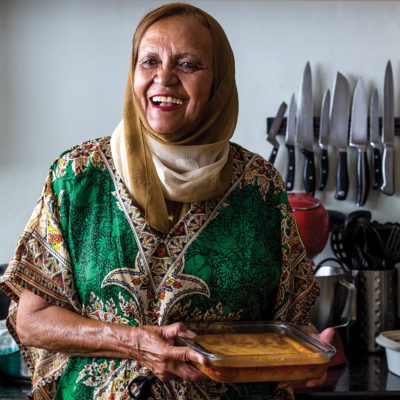
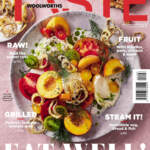
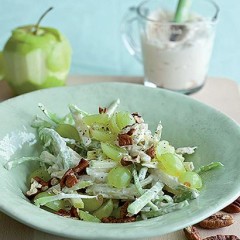
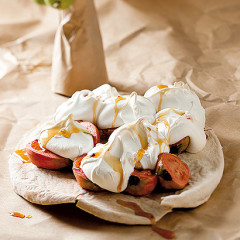
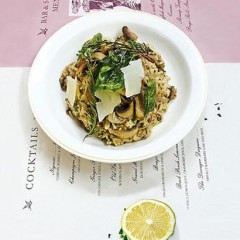
Comments